
QF7 is Qantas’ daily flight from Sydney, Australia to Dallas/Fort Worth, Texas.
Originally launched in 2011, this was once the longest airline route in the world. It’s since been overtaken by longer non-stop routes including Doha-Auckland, Perth-London and Auckland-New York, which Qantas also now flies.
Covering a distance of 13,804km (or 8,578 miles), Qantas’ Sydney-Dallas/Fort Worth route is still a very long one. It takes over 15 hours for Qantas’ Boeing 787 to cover the distance from Sydney to Dallas, and an even longer 17 hours in the other direction from Dallas back to Sydney.
Since 2022, Qantas flies from Melbourne to Dallas as well, as flight QF21 (returning as QF22). Qantas’ trans-Pacific joint venture partner American Airlines also flies seasonally from Auckland to Dallas, and will launch Brisbane-Dallas flights in October 2024.
Contents
Qantas’ Sydney-Dallas flight schedule
QF7 departs Sydney every afternoon, departing in Dallas mid-afternoon on the same day (after crossing the International Date Line over the Pacific Ocean). The flight time of QF7 is 15 hours and 5 minutes.
The return flight, QF8 from Dallas to Sydney, departs DFW in the evening before landing in Sydney in the morning, two days later. The flight takes 17 hours and 15 minutes from gate to gate.
This is Qantas’ full Sydney-Dallas schedule:
- QF7 Sydney 16:50 – Dallas/Fort Worth 15:55
- QF8 Dallas/Fort Worth 22:15 – Sydney 07:30 (+2 days)
The Qantas Boeing 787-9 Dreamliner
Qantas currently uses a Boeing 787-9 Dreamliner on its Sydney-Dallas (and Melbourne-Dallas) route, with three cabin classes available.
There are 166 Economy seats in a 3-3-3 layout, with 32 inches of seat pitch. The legroom is slightly better than average, although the seats are a bit narrow. There are four toilets available for Economy passengers.

There are six extra-legroom seats available in the exit rows (46A/B/C and 46H/J/K), which Qantas sells for an additional charge of $200 per passenger. Qantas Platinum One frequent flyers can select these seats at no charge.
There are four rows of Premium Economy on the Qantas 787 in a 2-3-2 layout. These seats are more spacious, and Premium Economy passengers receive upgraded meals, service and amenity kits on board.

There are also 42 fully lie-flat Business Class seats, each with direct aisle access.

Personal in-flight entertainment screens are available to all passengers with a range of TV shows, movies and games available. Qantas does not yet offer Wi-Fi on its Boeing 787s, but will install this in the future.
Meals served on QF7
After take-off, Qantas provides a bar service followed by a hot dinner in all cabins. In Economy, there are usually three meal choices including one vegetarian option. There are more (and more substantial) options, as well as printed menus, in the premium cabins.
During the middle of the flight, as the plane flies through the night, the crew serve a mid-flight snack. Other complimentary snacks are available any time from the self-service snack bars, and drinks are available upon request at any time. Crew also regularly come through the aisle to offer cups of water.

Around two hours before landing in Dallas, a full breakfast is served.

All meals, drinks and snacks are complimentary in all classes of travel, including beer, wine and spirits. You can see what’s being served at the moment on Qantas international flights on the following AFF discussion threads:
Redeeming Qantas points for a seat on QF7
If you’re lucky enough to find Classic Reward availability on Qantas’ Sydney-Dallas route, you could expect to pay the following amounts of Qantas Frequent Flyer points for a one-way seat:
- Economy: 51,200 Qantas points + approximately $231 in taxes & carrier charges
- Premium Economy: 94,900 Qantas points + approximately $321 in taxes & carrier charges
- Business: 126,500 Qantas points + approximately $371 in taxes & carrier charges

Return flights require double the number of Qantas points.
You could also add on a connecting American Airlines flight beyond Dallas of up to 1,021 miles in distance to your Classic Reward booking, and you would not pay any extra Qantas points.
Getting an upgrade on QF7
If you’re booked in Economy or Premium Economy on QF7 but you’d prefer to fly in a higher cabin, you can request an upgrade using either points or money.
Upgrades on Qantas international flights are never confirmed more than a week in advance of the flight. You’ll generally find out whether your upgrade request is successful around a day or two before the flight departs – or sometimes even at the airport.
You can upgrade from most ticket types except Economy Sale fares. This is the number of Qantas Frequent Flyer points you’d need for a one-way upgrade, in either direction, between Sydney and Dallas:
| From | To | Qantas Points required |
|---|---|---|
| Economy Classic Reward | Premium Economy | 87,200 |
| Economy Saver | Premium Economy | 68,100 |
| Economy Flex | Premium Economy | 21,800 |
| Economy Classic Reward | Business | 119,900 |
| Economy Saver | Business | 109,000 |
| Economy Flex | Business | 60,000 |
| Premium Economy Classic Reward | Business | 81,700 |
| Premium Economy Sale | Business | 60,000 |
| Premium Economy Saver | Business | 54,500 |
| Premium Economy Flex | Business | 49,000 |
Need more Qantas Points? Check out these great offers…
- Card Name
- Qantas Premier Platinum
- Earn
- 1
- Signup Bonus
-
Up to 90,000 bonus Qantas Points*
- Annual Fee
- $349 for the first year and $399 p.a. ongoing
- Read more
- View Offer

on everyday purchases
- Card Name
- American Express Qantas Business Rewards
- Earn
- 1.25
- Signup Bonus
-
170,000 bonus Qantas Points
Apply by 8th Apr 2025
- Annual Fee
- $450 p.a. and up to 99 Employee Cards at no additional cost
- Read more
- View Offer
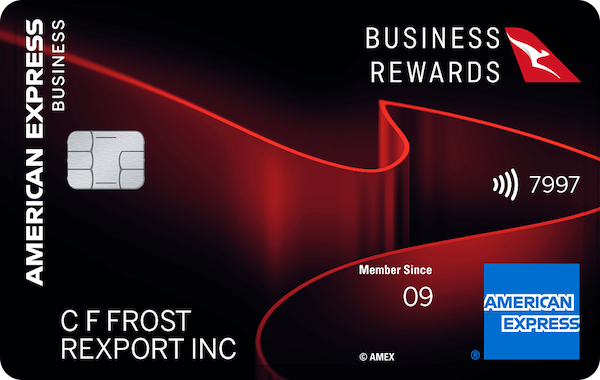
on everyday purchases
- Card Name
- Qantas American Express Ultimate
- Earn
- 1.25
- Signup Bonus
-
50,000 bonus Qantas Points¹
Apply by 1st Jul 2025
- Annual Fee
- $450 p.a.
- Read more
- View Offer
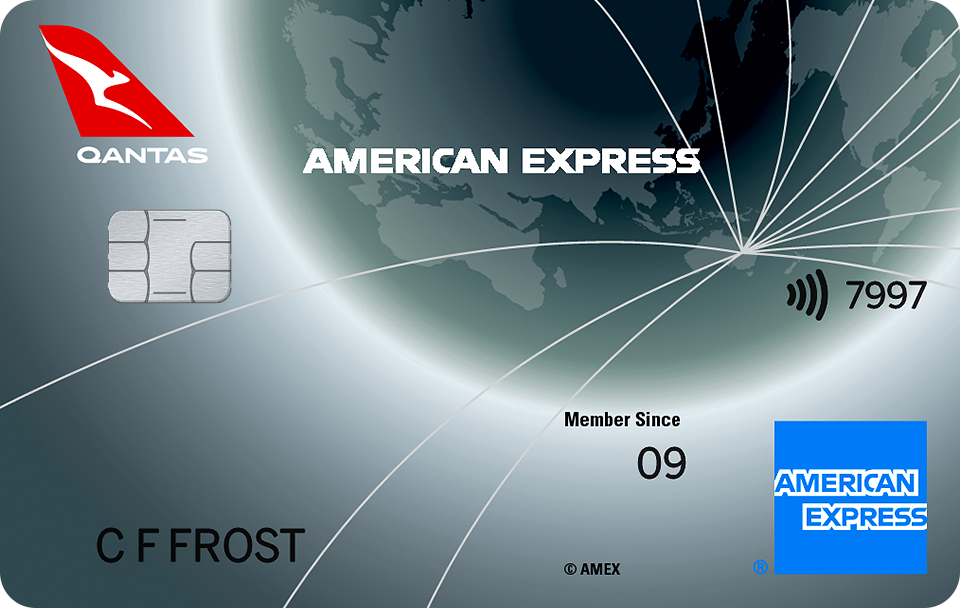
on everyday purchases
You may also be able to upgrade Qantas flights using American Airlines AAdvantage miles.
If you don’t have enough Qantas points or AAdvantage miles, you can also place a Bid Now upgrade request using money. However, note that Classic Upgrade Rewards (using Qantas points) have priority in the upgrade queue.
Qantas lounges at Sydney Airport
Qantas Business Class passengers can use the Qantas International Business Lounge at Sydney Airport’s Terminal 1 before departure. This lounge is also available to Qantas Gold frequent flyers, Oneworld Sapphire members, Qantas Club members and those using Qantas complimentary lounge invitations.
This lounge will soon get a much-needed refresh and can get busy during peak times, but offers a range of complimentary buffet food and drinks, as well as showers.

Qantas Platinum and Oneworld Emerald frequent flyers can access the Qantas First Lounge, located above the Business Lounge. This is an excellent airport lounge with fine dining, a spa and a great view of Sydney.
Connecting in Dallas/Fort Worth
Around five out of six passengers on QF7 connect onwards to an American Airlines flight at DFW.
Oneworld partner American Airlines offers an enormous range of connections from Dallas/Fort Worth. In fact, that’s the whole point of Qantas flying to this airport!

Every passenger arriving in Dallas/Fort Worth needs to clear immigration and customs. You’ll also need to collect your checked luggage. If you’re connecting onto an American Airlines flight, you’ll be able to drop off your bag after clearing customs.
If you have Qantas Gold or Platinum status, you’ll be able to access the American Airlines Flagship Lounge in Terminal D while waiting for your connecting flight. This is arguably the best Oneworld lounge option at DFW. This lounge is also available to passengers connecting to or from a long-haul international Business Class flight on a Oneworld airline (such as Qantas), as well as Oneworld Sapphire and Emerald members with all airlines except American Airlines.
If you’re a Qantas Club member, you’re able to access American Airlines Admirals Club lounges.
When returning to Sydney on QF8 (or to Melbourne on QF22), Qantas invites eligible frequent flyers and Business Class passengers into “The Club at DFW” lounge. This is the best option for Qantas Club members, but others who are eligible for lounge access may prefer to visit the American Airlines Flagship Lounge. (You could also try both.)
A brief history of the QF7 SYD-DFW route
Qantas first started flying from Sydney to Dallas in May 2011 using a Boeing 747-400ER.
The outbound QF7 has always operated non-stop from Sydney to DFW, but the return QF8 originally needed to stop in Brisbane to refuel. (In fact, sometimes it didn’t even make it as far as Brisbane and needed to divert to Fiji or Noumea.) That’s because the headwinds travelling westbound across the Pacific made a non-stop flight from Dallas to Sydney impossible on the Boeing 747 – even Qantas’ special extended-range version.

QF7 and QF8 initially ran four times per week, before Qantas increased the frequency to 6x weekly in January 2012, and to daily in July 2012.
In September 2014, Qantas upgraded the route to an Airbus A380. At the same time, it removed the Brisbane stop on the Dallas-Sydney sector – but QF8 was still weight-restricted, meaning Qantas couldn’t sell all the Economy seats. Following the A380 upgrade, this route ran 6x weekly (with no flights on Tuesdays) until the COVID-19 pandemic struck in 2020.
Qantas has used Boeing 787-9 Dreamliners on the Sydney-Dallas route since restarting it in 2022.
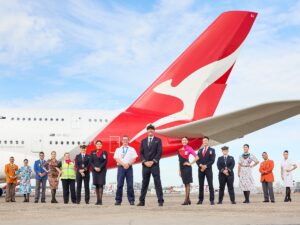
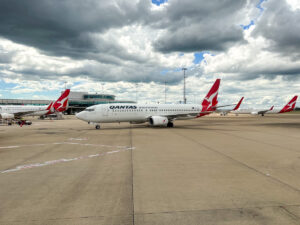
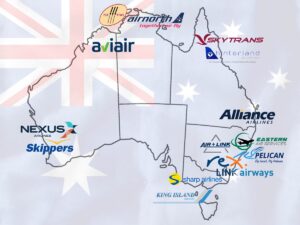
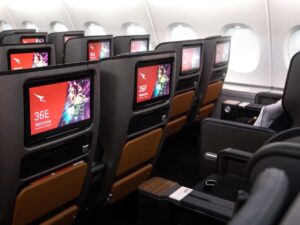

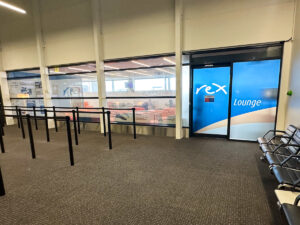
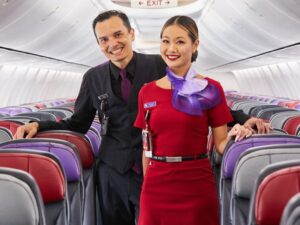








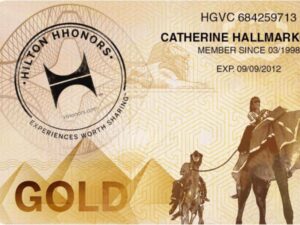


















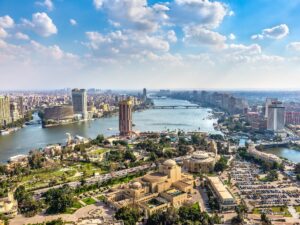
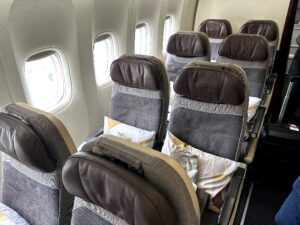






































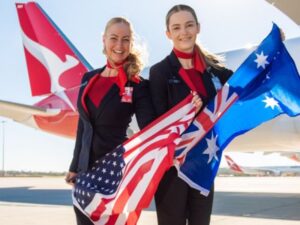
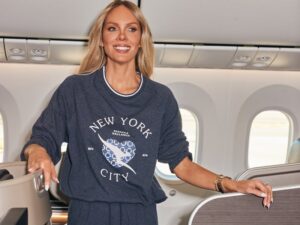





Community Comments
Loading new replies...
Join the full discussion at the Australian Frequent Flyer →